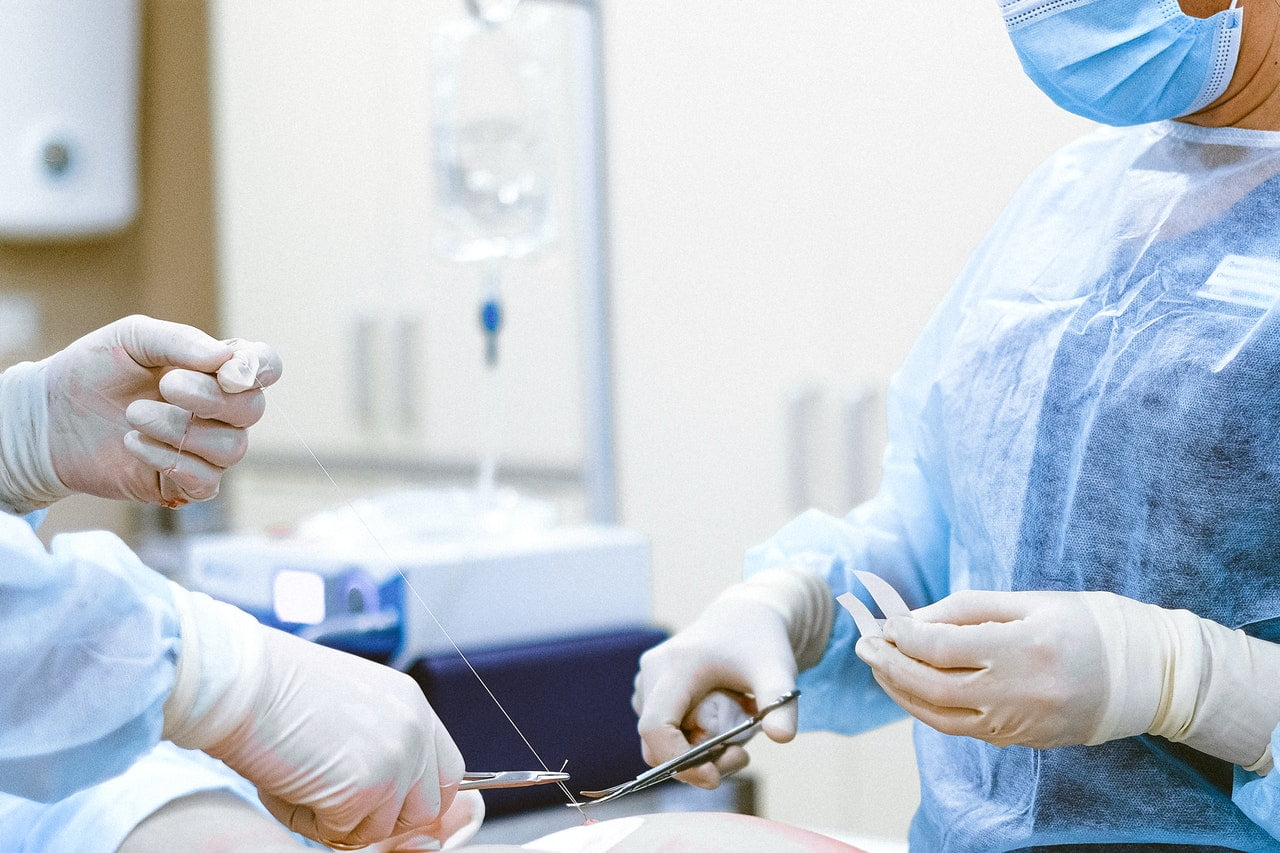Summary: Typically, a thread lift can last from one to three years, but if something goes wrong, it is possible to reverse or undo it. Radiofrequency can be used to dissolve the threads in the skin, or they can be removed. Removal is a more complicated procedure, and its feasibility depends upon the type of thread and technique used.
Aging can cause loss of fat under the skin, causing the loss of skin. Skin sagging due to fat loss is especially pronounced on the face and breasts. For decades, surgeons removed the sagging skin surgically, but this procedure was very invasive, with many possible complications and risks. The surgical facelift is followed by downtime, which means a lot of aftercare periods during which an individual cannot carry out many daily activities. For professionals, it is very difficult to take a longer break from work; thus, they prefer relatively less complicated, less invasive procedures like thread lifts that are quick and require almost no downtime.
While generally, a thread lift is considered very safe, there are still things that can go wrong; therefore, it is important to understand the procedure, know your options, and know all the risks. This article will explore different aspects of thread lifts, including the procedure, its different types, benefits, and risks involved.
Table of Contents
ToggleWhat is Thread Lift?

A thread lift is a minimally invasive alternative to facelift surgery that aims to lift and sculpt the shape of your face or breasts. A thread lift, also called a barbed suture lift, is a low-risk procedure that claims to tighten your skin. They work by inserting medical-grade thread material into your face and then “pulling” your skin up by tightening the threads. It is also claimed that thread lift stimulates improved collagen production in the following months, contributing to better skin texture and youthful skin.
Thread lifts were introduced in the 1990s, but recent innovations in the material used for cosmetic thread lifts have increased in popularity. This procedure is quick with minimum downtime, which means it can be performed in about 45 minutes, and if you desire, you can get the procedure done and return to work immediately afterward.
Who is an ideal candidate for thread lift?

The typical candidate for a thread lift is a person in his late 30s to early 50s with generally good health and early signs of aging. Such an individual may benefit the most from the subtle results of a thread lift. A thread lift can be a safer option for individuals unfit for surgical facelifts due to medical conditions that make general anesthesia risky.
What are different types of thread lifts?
Popularly known types of bread lifts are Silhouette thread lift and Korean thread lift. Silhouette thread lift was developed in the U.S., whereas Korean thread lifts were developed in Korea, as evident by the name. The Korean thread lift, also known as Nova thread lifts, is based on the popular brand making the surgical threads used in this procedure.
Different types of thread lifts are differentiated based on the type of technique and thread used in the procedure. Thread lifts use temporary, medical-grade suture material to “stitch up” your skin, so it’s drawn taut. Depending upon your desired goals, the surgeon may choose a particular type of thread and select the length and number of threads to be used. Threads are typically differentiated by absorption, length, and texture.
- Biodegradable threads that dissolve over time and are absorbed by the body are referred to as absorbable threads. The thread may be absorbed in six months to over a year. Depending how long a thread lasts before it is absorbed makes it suitable for different goals.
- Shorter threads are used for smaller areas, such as nose lift, while longer threads are used for a stitch that needs to go across the face or chest.
- In terms of texture, a thread can be smooth or barbed. Barbs help the thread anchor in the skin layer and firmly hold on to them to provide a stronger “pull.” The barbs can vary in design as they can be uni-direction, bi-direction, spiral, double helix, etc.
How long different thread lift last?

Thread lift procedures don’t deliver as dramatic results as surgical facelifts, and there have been limited scientific studies on their long-term efficacy. While a surgical facelift can last as long as 10 years, results from a thread lift fade away within 1 to 3 years, depending upon the thread used. For best results, specialists recommend using a combination of thread lift and some other skin-tightening procedures, such as ultherapy or laser skin tightening.
What can go wrong with a thread lift?
Thread lifts are generally considered safe with minimal recovery time. Minor side effects of redness, bruising, and swelling can be expected, but they settle down within a few days. In the hands of an inexperienced professional, a thread lift may cause; facial asymmetry, dimpling, irregularity, protrusion or migration of thread, bruising due to internal injury and bleeding, also called a hematoma, and even neural damage.
While neural damage is extremely rare, but still a possibility and is impossible to reverse or correct. Other complications can be resolved or reversed by treatment or reversing the thread lift. Doctors can prescribe medication for bruising and recommend fillers for sunken cheeks (the most common are dimpling). Finding a trained, licensed surgeon is the key to a safe, effective thread lift.
How can thread lift be reversed?

In cases where barbed sutures are used, or threads are noted under the skin surface, pulling out the threads can be difficult and risky. When removing the thread seems very complicated, doctors may attempt to dissolve it in the skin, where it will be naturally absorbed, and the thread lift effect will be reversed. A thread lift can be reversed by speeding up thread degradation using radiofrequency. Targeted exposure to radiofrequency can speed up the natural biodegradation and absorption of thread.









3 thoughts on “If Thread Lift Went Wrong How Long Does a Thread Lift Last”
Pingback: Different Types of Thread Lifts and Choosing the Right One - Gurru Says
i have had barbed threads and i look worse. i am thinking of having a face lift. in october. threads were put in december .16th.2021. can i go ahead
Pingback: What Is Thread Lift and how to fix thread lift puckering